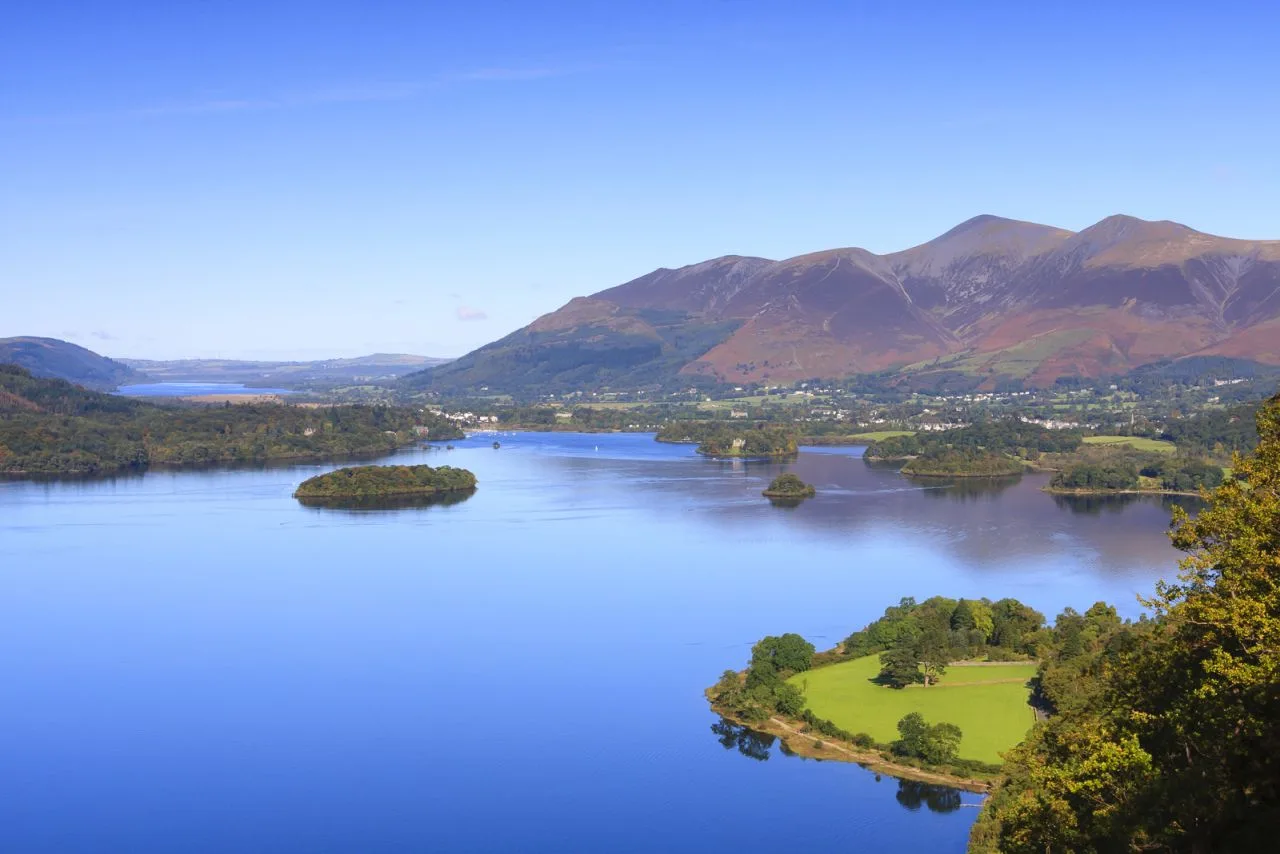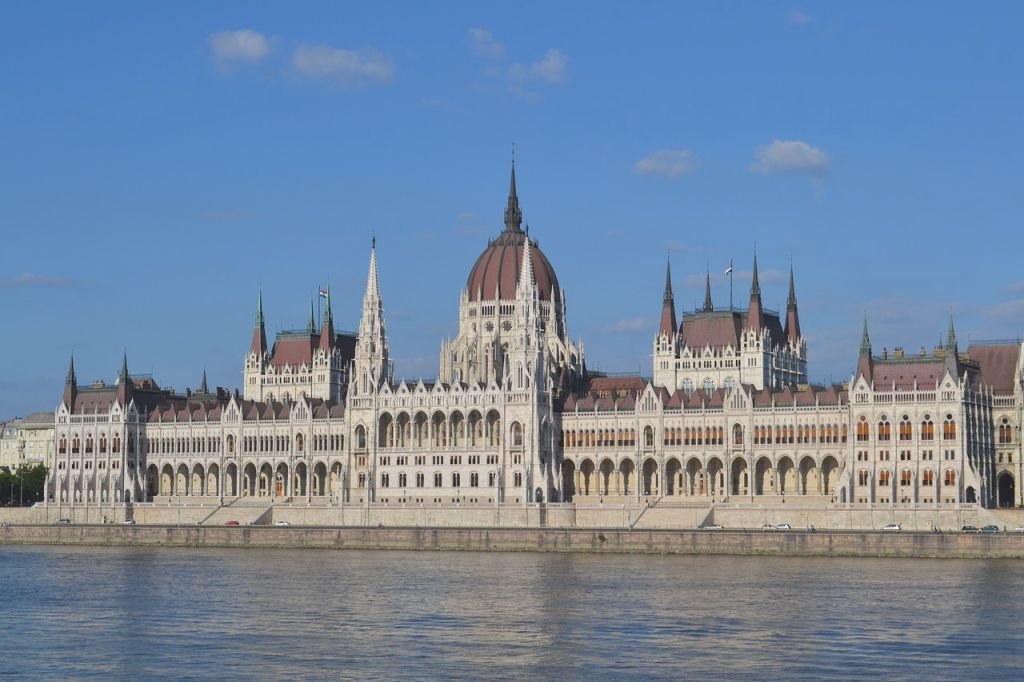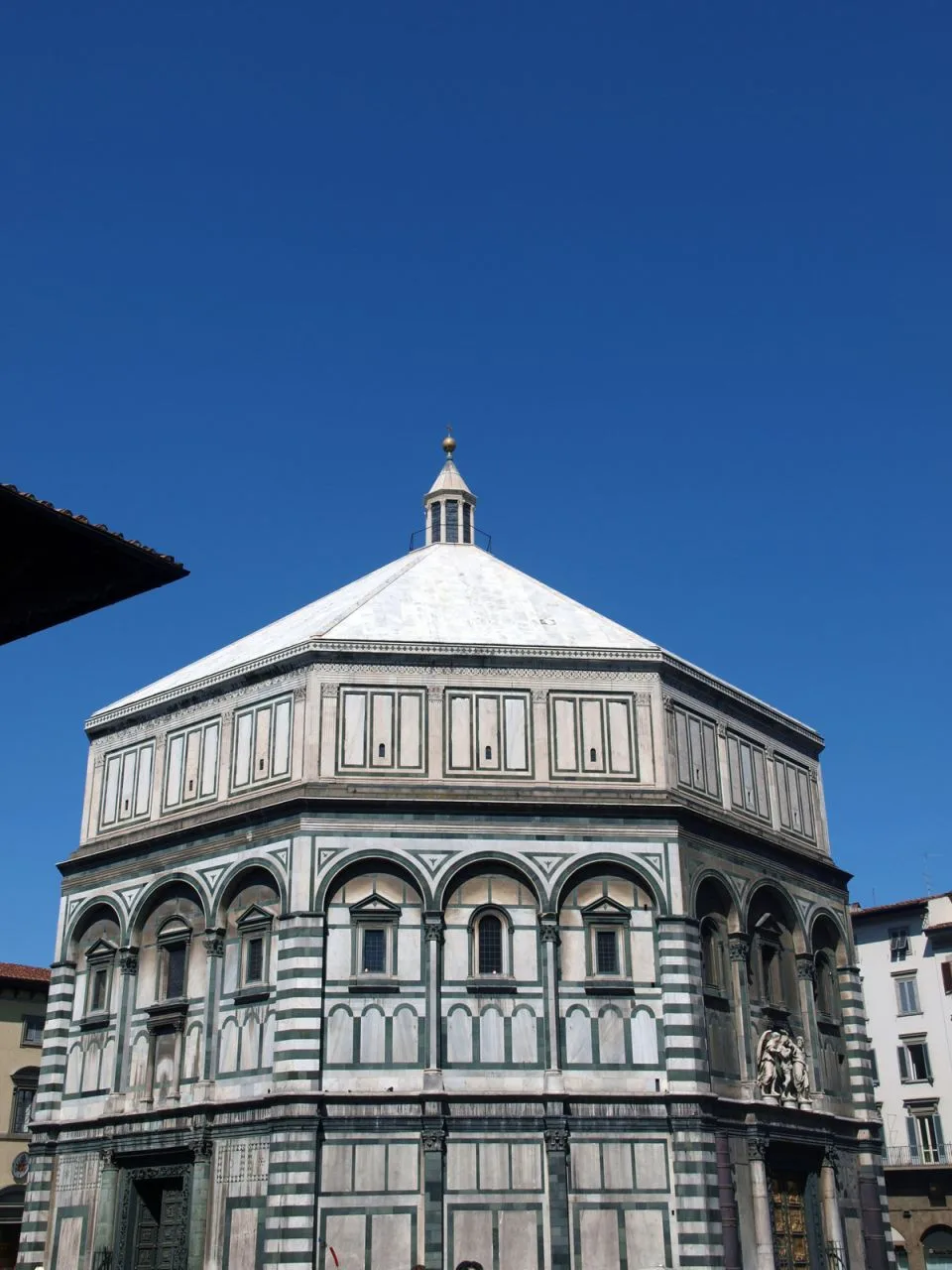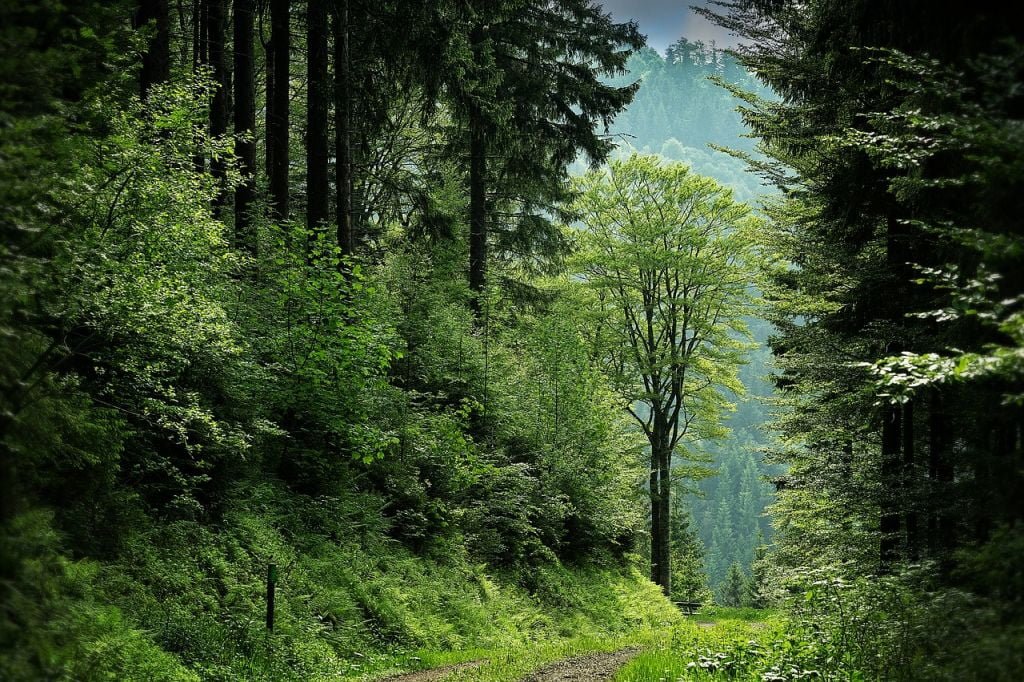Derwentwater, Lake District
Address
Derwentwater
GPS
54.5789013, -3.1466389711415
The Lake District in northern England is regarded as one of the country’s most breathtaking landscapes by outdoor enthusiasts. This stunning national park is closer than you think, making it well worth the journey even from London. Derwentwater (sometimes spelt Derwent Water) is a lake located nearly in the geographical centre of this area.
It measures roughly 4.8 kilometres in length and 1.6 kilometres in width and may be found to the south of Keswick. From the town, you can take one of the well-kept paths to the lake. The lake is called “Keswick’s Lake” because of its proximity to the town of Keswick. River Derwent, the lake’s most important tributary, is responsible for the “real” name of the lake.
 Derwent Water’s surrounding mountains, which are reflected in the surface of the water and give a first-class view, are a major draw for tourists. This is one of the most sought-after locations in all of England to pop the question.
Derwent Water’s surrounding mountains, which are reflected in the surface of the water and give a first-class view, are a major draw for tourists. This is one of the most sought-after locations in all of England to pop the question.
The lake is well-known outside the bounds of northern England due to its extensive literary and historical legacy. Many artists and travellers have been moved by the landscape’s ability to shift from stormy to clear in a matter of minutes.
The islands
The Derwentwater Islands are remarkable in their own right. The larger islands include Lord’s Island, Derwent Island, St. Herbert’s Island, and Rampsholme Island, while the smaller islands include Park Neb, Otter Island, and Otterbield Island.
The Earl of Derwentwater previously resided on Lord’s Island, a small island just offshore. The house’s remnants are still there, though they’ve been overtaken by vegetation. When the count’s spouse was taken into custody for his involvement in the Jacobin uprising, the narrative goes, the countess escaped.
Walla Crag is still called “Lady’s Rake” because legend has it that she fled with a large amount of precious jewellery, only to drop it halfway up the mountain. There was even a drawbridge connecting the island to the mainland back when the count still resided there.
 The largest of the islands in Derwent Water, St. Herbert’s Island takes its name from a hermit who settled there in the seventh century. His tiny home still stands, albeit buried in lush greenery. It has been said that St. Herbert’s ghost still walks the island, so beware!
The largest of the islands in Derwent Water, St. Herbert’s Island takes its name from a hermit who settled there in the seventh century. His tiny home still stands, albeit buried in lush greenery. It has been said that St. Herbert’s ghost still walks the island, so beware!
Rampsholme Island is the smallest of the four main islands, and it gets its name from the abundant springtime growth of wild garlic. This island’s north side features a long, flat gravel bar that makes docking with small boats a breeze when the lake’s water level is normal or low.
Derwent Island, the largest and only inhabited island on the lake, can be seen straight across from the Keswick jetty. No mooring is allowed at this island. The National Trust owns the land and rents out the home. Only on just five days a year can guests tour the home.
What to do around the lake
If you’re searching for an athletic vacation in England, go no further than Derwent Water! Along the lake’s edge are a plethora of stunning hiking paths. Take a ride on one of the Keswick Launches if you’re in a hurry. These watercraft make it possible to travel between the lake’s various attractions.
 Just 10 minutes from Keswick’s main drag is the closest jetty. Perfect for those who prefer to go with the flow, visitors can ride the launch all the way across the lake or hop off at any of the piers to have a closer look before hopping on the next boat.
Just 10 minutes from Keswick’s main drag is the closest jetty. Perfect for those who prefer to go with the flow, visitors can ride the launch all the way across the lake or hop off at any of the piers to have a closer look before hopping on the next boat.
Along the lake and downtown Keswick, you may find a plethora of businesses that provide guides for hikes and other outdoor activities. Whether you’re searching for a challenging experience or a relaxing one, you’ll find it here.
Derwentwater is remarkably peaceful given the abundance of places to rent sailboats, windsurfers, rowboats, and motorboats. As one of the Lake District’s lesser-known bodies of water, it’s a great option for anyone looking for a more off-the-beaten-path English vacation.
Derwent Water is a great place for families to visit in the north of England since it offers a wide variety of activities, including but not limited to picnicking, fishing, swimming, and hiking. The total length of the hiking trails needed to go around the lake and back is about 19 kilometres.





